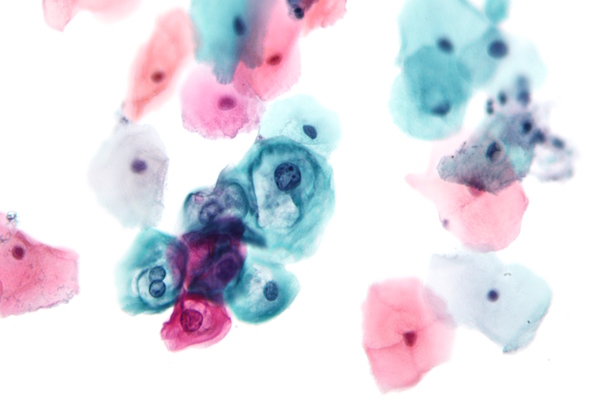Significance of p53, pRb and Ki-67 markers in Cervical intraepithelial lesion and Malignancy
Abstract
OBJECTIVE: To study and to derive the significance of expression of p53, pRb and Ki-67 markers in various grades of cervical intraepithelial lesions and malignancy in a tertiary hospital situated in southern part of India which caters the rural and semi-urban population.
METHODS: A total of 120 cervical tissue samples were included. These represented normal, dysplasia and malignancy. Immunohistochemical staining was performed for p53, Ki-67 and pRb in formalin-fixed, paraffin-embedded tissue sections of the uterine cervix using horse-peroxidase method. Descriptive statistical analysis was done; significance was assessed at 5% level of significance. The mean value of the markers was compared between normal and pathological lesions separately using Independent “t” test.
RESULTS: There was significant association of p53 expression between normal cervical epithelium and low grade squamous intraepithelial lesion (LSIL) (p=0.023), squamous cell carcinoma (SCC) (p<0.001) and adenocarcinoma AC (p=0.004), but no significant association with high grade squamous intraepithelial lesion (HSIL) (p=0.09). In case of pRb(n) (n=nuclear) expression significant association was found when normal was compared with LSIL (p<0.001) and HSIL (p=0.001), no association was found with SCC (p=0.207) and AC (p=0.322). pRb(c) (c=cytoplasmic) expression showed significant association when normal was compared with HSIL(p=0.03), SCC (p<0.001) and AC (p<0.001), but no association was found with LSIL. Whereas Ki-67 expression showed highly significant association with LSIL (p=0.012), HSIL (p<0.001), SCC (p<0.001) and AC (p<0.001).
CONCLUSION: p53 expression progressively increased from normal cervical epithelium to intraepithelial lesion to malignant lesion. pRb expression showed shift of expression of pRb(n) in intraepithelial lesions to expression of pRb(c) in HSIL to frank malignancy. Ki-67 expression was directly proportional to the degree of dysplasia to malignant lesion.

Downloads
Published
Issue
Section
License
Copyright The Author(s) 2017. This article is published with open access by BioMedPress. This article is distributed under the terms of the Creative Commons Attribution License (CC-BY 4.0) which permits any use, distribution, and reproduction in any medium, provided the original author(s) and the source are credited.
